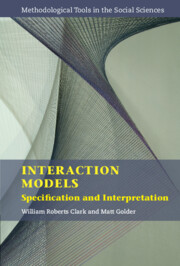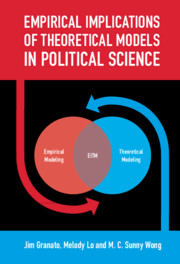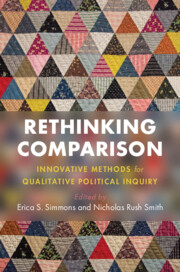Interaction Models
The radical interdependence between humans who live together makes virtually all human behavior conditional. The behavior of individuals is conditional upon the expectations of those around them, and those expectations are conditional upon the rules (institutions) and norms (culture) constructed to monitor, reward, and punish different behaviors. As a result, nearly all hypotheses about humans are conditional – conditional upon the resources they possess, the institutions they inhabit, or the cultural practices that tell them how to behave. Interaction Models provides a stand-alone, accessible overview of how interaction models, which are frequently used across the social and natural sciences, capture the intuition behind conditional claims and context dependence. It also addresses the simple specification and interpretation errors that are, unfortunately, commonplace. By providing a comprehensive and unified introduction to the use and critical evaluation of interaction models, this book shows how they can be used to test theoretically-derived claims of conditionality.
- Provides a comprehensive and unified introduction to interaction models that's built from the ground up, starting with what we call the fundamentals before introducing more complex forms of interaction in an incremental and systematic fashion
- Includes callout boxes to help identify key points and allow readers to find important information quickly
- Provides carefully designed exercises at the end of each chapter, along with an answer key that allows readers to check that they fully understand the material that they've just read
Product details
November 2023Hardback
9781108416719
150 pages
235 × 160 × 40 mm
1.043kg
Available
Table of Contents
- 1. Introduction
- Part I. The Fundamentals:
- 2. Theories and their conditional implications
- 3. Interaction model specification
- 4. Interpreting quantities of interest: effects, predicted values and measures of uncertainty
- 5. Three substantive applications: interpretation and presentation
- Part II. More Complex Forms of Conditionality:
- 6. When we have more than one modifying variable
- 7. When an independent variable interacts with itself
- Part III. Interactions and Limited Dependent Variables:
- 8. Interactions and dichotomous dependent variables
- 9. Interactions and ordered dependent variables
- 10. Interactions and unordered dependent variables
- Appendices.








